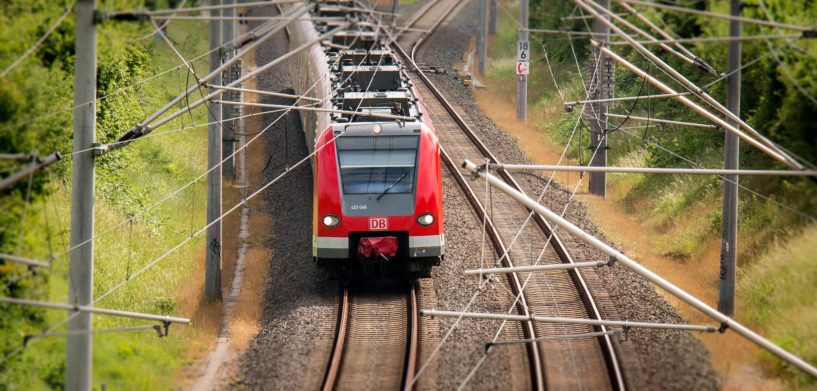Rail transport infrastructures are sometimes compared to small cities, and the comparison is valid not only because of their vast expanse. The sheer volume of their data is often spread across multiple business systems and in various formats.
Hexagon’s Geospatial division’s customers – from national rail to metro to tram systems – can display multi-source data in one map view. This includes data from different business systems, including asset management systems, allowing the user to visualize and run analytics on the entire system.
Hexagon’s software connects to multiple data sources directly, without any preprocessing that would risk delays or out-of-sync data. It can even display rail transport networks in different representations, such as true map views, geo-schematics, or straight-line diagrams.
So how does displaying your multi-source data in a single map view help you operate your rail transport network?
Understanding Priority Areas
Understanding the conditions of your assets in their locations lets you rank areas of your network by priority. You can schedule those areas that require the most work first. Also, maintenance scheduled in nearby areas can often be handled at the same time.
Noise Protection Measures
Environmental departments can use location data, including 3D topographical information, to understand the impact of machinery noise on residents. They can then decide what measures to take to protect residents from the noise. In addition, when you notify residents in advance with the measures you are taking, there are typically fewer complaints.
Understand Equipment Clearances
Access to laser scan data of your network, such as lidar, lets you generate 3D virtual models of network areas. The models can be fully calibrated and used in conjunction with your network data. For example, do you have enough clearance to move equipment in to repair a certain network area?
Ground Instability Monitoring
Solutions are available that use satellite data and built-in geoprocessing to detect displacement along a network. This monitoring can be enriched with “in situ” sensors to get even finer-grain pictures of sensitive or critical areas.
Advanced Analytics
You can use the lifecycle histories of assets from your asset management systems and perform queries against them. For example, you see spikes in asset maintenance within locations or date ranges that help you examine their root causes. Managers can use map-centric dashboards to better understand how to schedule complex work procedures, track projects, and run reports.
With geospatial data firmly entrenched in Hexagon’s solutions, the stage is set for further innovations in location-based rail asset management.
For example, to find locations of areas that require maintenance, in the past you may have had to capture video while riding along the entire track. In the future, artificial intelligence may be used to identify the locations of maintenance areas much more quickly and directly.
See our Transportation solutions to learn more.
















